What are the classifications of alumina ceramics
Aluminum oxide ceramics (Al ₂ O3 ceramics) are high-performance ceramic materials widely used in fields such as electronics, machinery, chemical engineering, medical, aerospace, etc. due to their excellent mechanical strength, high temperature resistance, corrosion resistance, and insulation properties. According to different classification criteria, alumina ceramics can be classified into multiple categories. This article will provide a detailed introduction to the classification of alumina ceramics and explore the characteristics and application scenarios of each category, helping readers better understand and choose products that are suitable for their own needs.
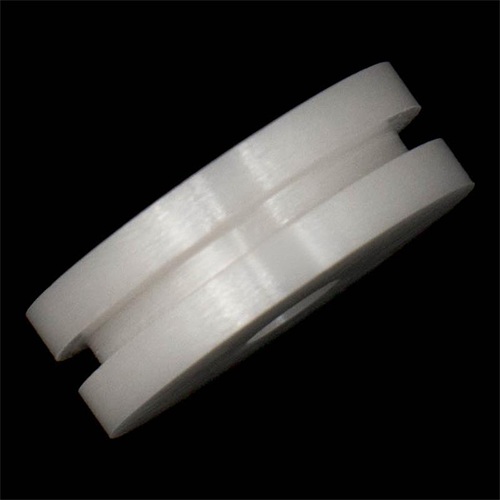
Classified by alumina content
The performance of alumina ceramics is closely related to their purity, and can usually be divided into the following categories based on the alumina content (mass fraction):
- Low purity alumina ceramics (75% -85% Al ₂ O3)
-Features: Low alumina content, relatively weak mechanical strength and high temperature resistance, but low cost and easy processing.
-Application: Mainly used in applications where performance requirements are not high, such as refractory materials, grinding media, and ordinary insulation components.
-Problem solved: Suitable for low-cost, large-scale production of industrial components. - Medium purity alumina ceramics (90% -95% Al ₂ O3)
-Features: Mechanical strength and corrosion resistance are superior to low purity alumina ceramics, but still inferior to high-purity products.
-Application: Commonly used in electronic packaging substrates, mechanical seals, wear-resistant components, etc.
-Problem solved: Achieving a balance between performance and cost, suitable for industrial applications with moderate requirements. - High purity alumina ceramics (99% -99.9% Al ₂ O3)
-Features: It has extremely high hardness, wear resistance, high temperature resistance (up to 1600 ℃ or above), and excellent electrical insulation performance.
-Applications: semiconductor equipment, precision mechanical components, biomedical ceramics (such as artificial joints), high-power electronic devices, etc.
-Problem solved: Suitable for high-performance requirements in extreme environments such as high temperature, high pressure, strong corrosion, etc. - Ultra high purity alumina ceramics (99.99% Al ₂ O ∝ and above)
-Characteristics: Almost free of impurities, with ultra-high chemical stability and dielectric properties, but extremely high preparation cost.
-Applications: high-end optical devices, semiconductor wafer processing equipment, precision instruments, etc.
-Problem solved: Meet the industrial demand for ultra-high precision and ultra-low loss.
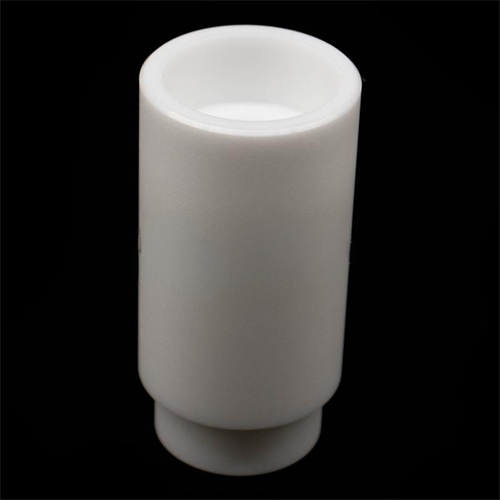
Classified by microstructure
The microstructure of alumina ceramics directly affects their properties, which can be mainly divided into:
- Ordinary sintered alumina ceramics
-Characteristics: Prepared by traditional sintering process, the grain size is relatively large and the density is average.
-Application: Ordinary industrial ceramics, refractory materials, etc.
-Problem solved: Suitable for conventional high temperature and wear resistance requirements. - High density alumina ceramics
-Features: Adopting hot pressing sintering (HP), hot isostatic pressing (HIP) and other processes, the grain size is small and the density is high (>99%).
-Applications: precision bearings, cutting tools, high reliability electronic components, etc.
-Problem solved: Improve mechanical strength and wear resistance, and extend service life. - Nano alumina ceramics
-Features: The grain size is at the nanometer level, with ultra-high hardness, toughness, and fatigue resistance.
-Applications: aerospace components, high-end medical equipment, ultra precision machining tools, etc.
-Problem solved: Suitable for ultra-high performance requirements such as impact resistance, wear resistance, etc.
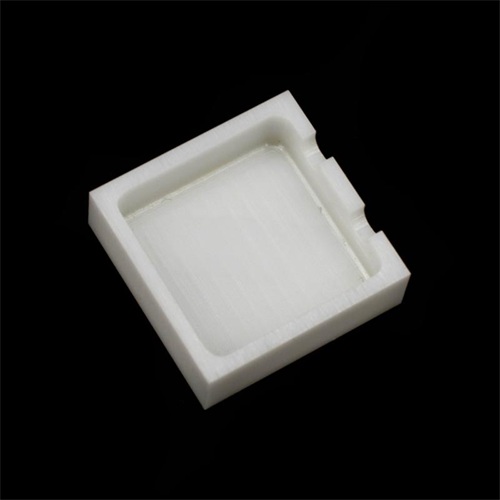
Classified by Function and Application
Alumina ceramics can be further subdivided based on their functions and application areas:
- Structural ceramics
-Features: High mechanical strength, wear resistance, high temperature resistance.
-Applications: Ceramic bearings, mechanical seals, cutting tools, etc.
-Problem solved: Replace metal materials to improve equipment lifespan and reliability. - Electronic ceramics
-Features: Excellent insulation and dielectric properties.
-Applications: Integrated circuit substrates, high-voltage insulators, sensors, etc.
-Problem solved: Improve the stability and high voltage resistance of electronic devices. - Bioceramics
-Features: Good biocompatibility and corrosion resistance.
-Applications: artificial joints, dental implants, etc.
-Problem solved: Provide safe and reliable biomedical materials. - Refractory ceramics
-Features: High temperature resistance and thermal shock resistance.
-Application: Furnace lining, crucible, thermocouple protection tube, etc.
-Problem solved: Improve the service life of high-temperature industrial equipment.
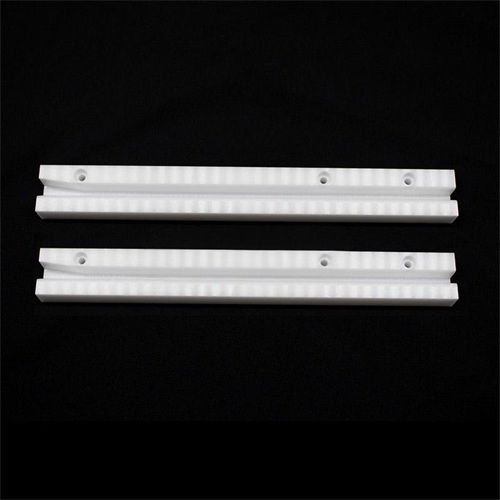
Classified by shape and processing method
Alumina ceramics can be divided into:
- Block shaped ceramics
-Features: Whole sintered molding, suitable for large-sized components.
-Applications: crucibles, furnace tubes, wear-resistant lining plates, etc. - Sheet ceramics
-Features: Thin sheet structure, suitable for electronic substrates, insulation sheets, etc.
-Application: PCB substrate, heat sink, etc. - Tubular ceramics
-Features: Hollow structure, high temperature resistance, corrosion resistance.
-Application: Thermocouple protection tube, chemical reactor, etc. - Complex shaped ceramics
-Features: Complex structures are made through precision machining (such as CNC, laser cutting).
-Applications: precision mechanical components, medical implants, etc.
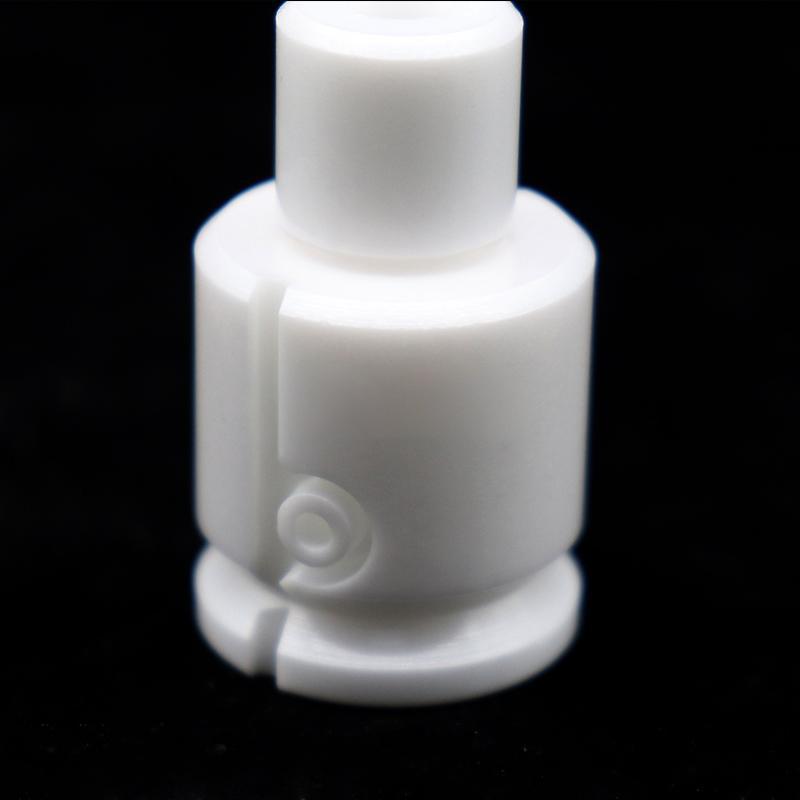
There are various classification methods for alumina ceramics, and different categories of products have their own characteristics in terms of performance, cost, and application scenarios. The selection of suitable alumina ceramics requires comprehensive consideration of the following factors:
-Alumina content: determines the mechanical properties and temperature resistance of the material.
-Microstructure: affects hardness, toughness, and wear resistance.
-Functional requirements: such as electronic insulation, biocompatibility, high temperature resistance, etc.
-Processing method: affects the shape and accuracy of the final product.
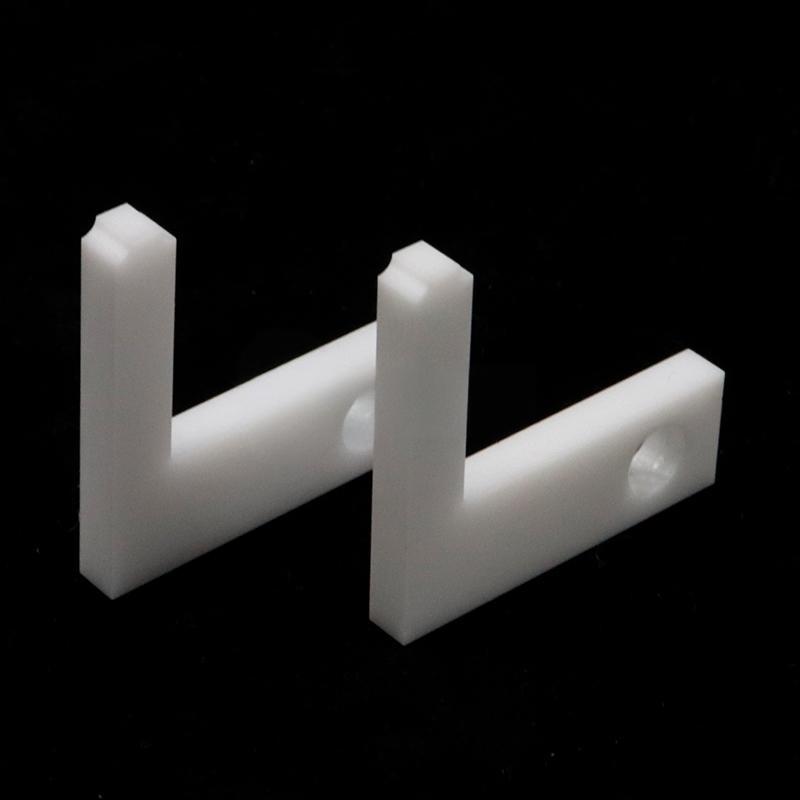
By selecting the appropriate type of alumina ceramics, the demand for high-performance materials in industries such as electronics, healthcare, etc. can be effectively addressed, and the reliability and service life of equipment can be improved.
Brudeze Ceramics supplies and sells a wide range of high-quality quartz glass, including alumina ceramics, zirconia ceramics, silicon nitride ceramics, aluminum nitride ceramics, silicon carbide ceramics, boron carbide ceramics, bioceramics, machinable ceramics, etc. We can meet the customization requirements of various ceramic products.
Tags: boron carbide ceramics
PREVIOUS:What are the application fields of high-strength and high insulation alumina ceramics
CATEGORIES
LATEST NEWS
- What is Macor processable g...
- The material properties and...
- The reason for the high pri...
- What are the preparation me...
- Why modify aluminum nitride...
- Thermal conductivity values...
- What is the thermal expansi...
- Thermal shock resistance of...
- The average coefficient of ...
- What is high alumina ceramic
